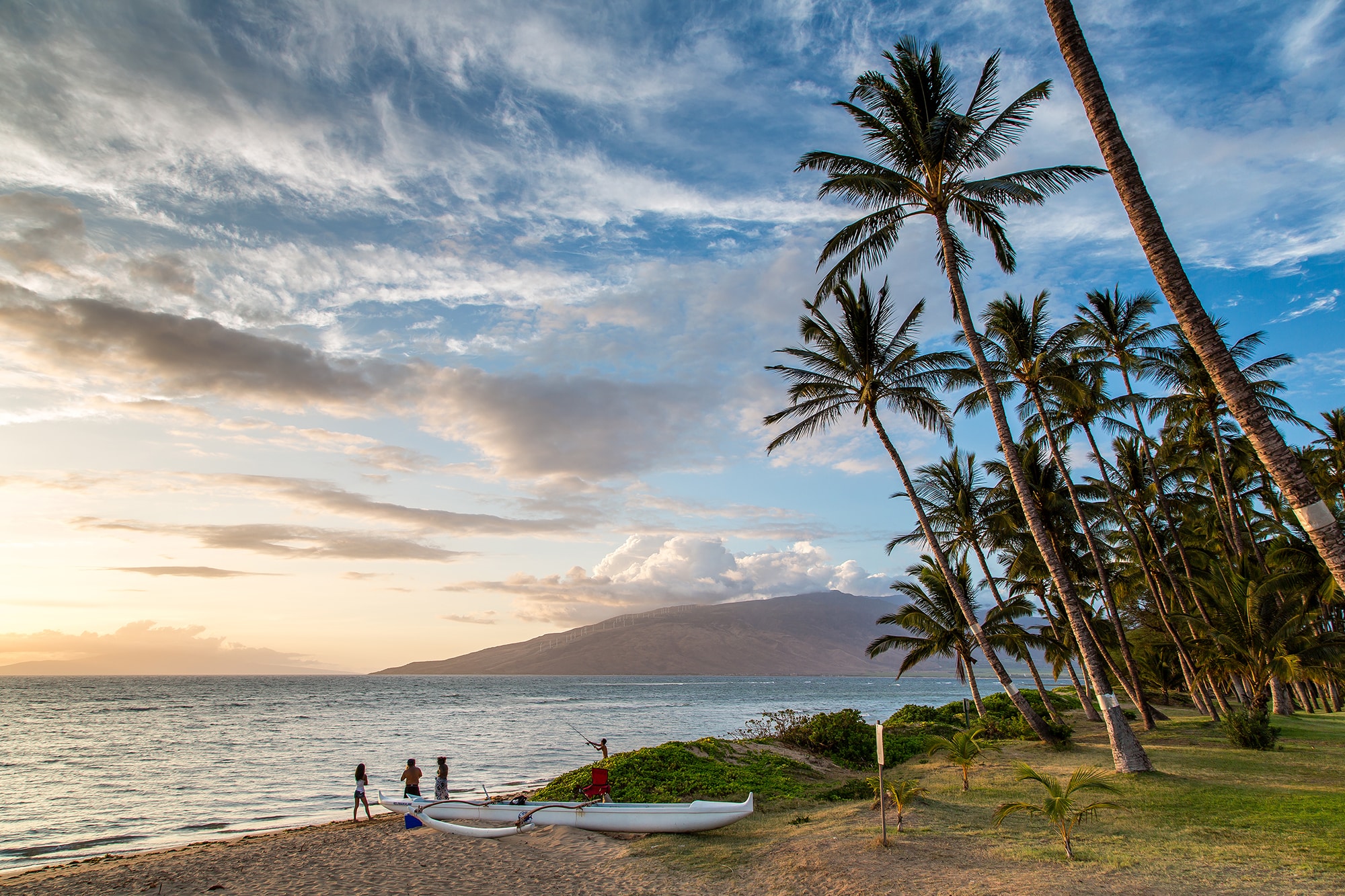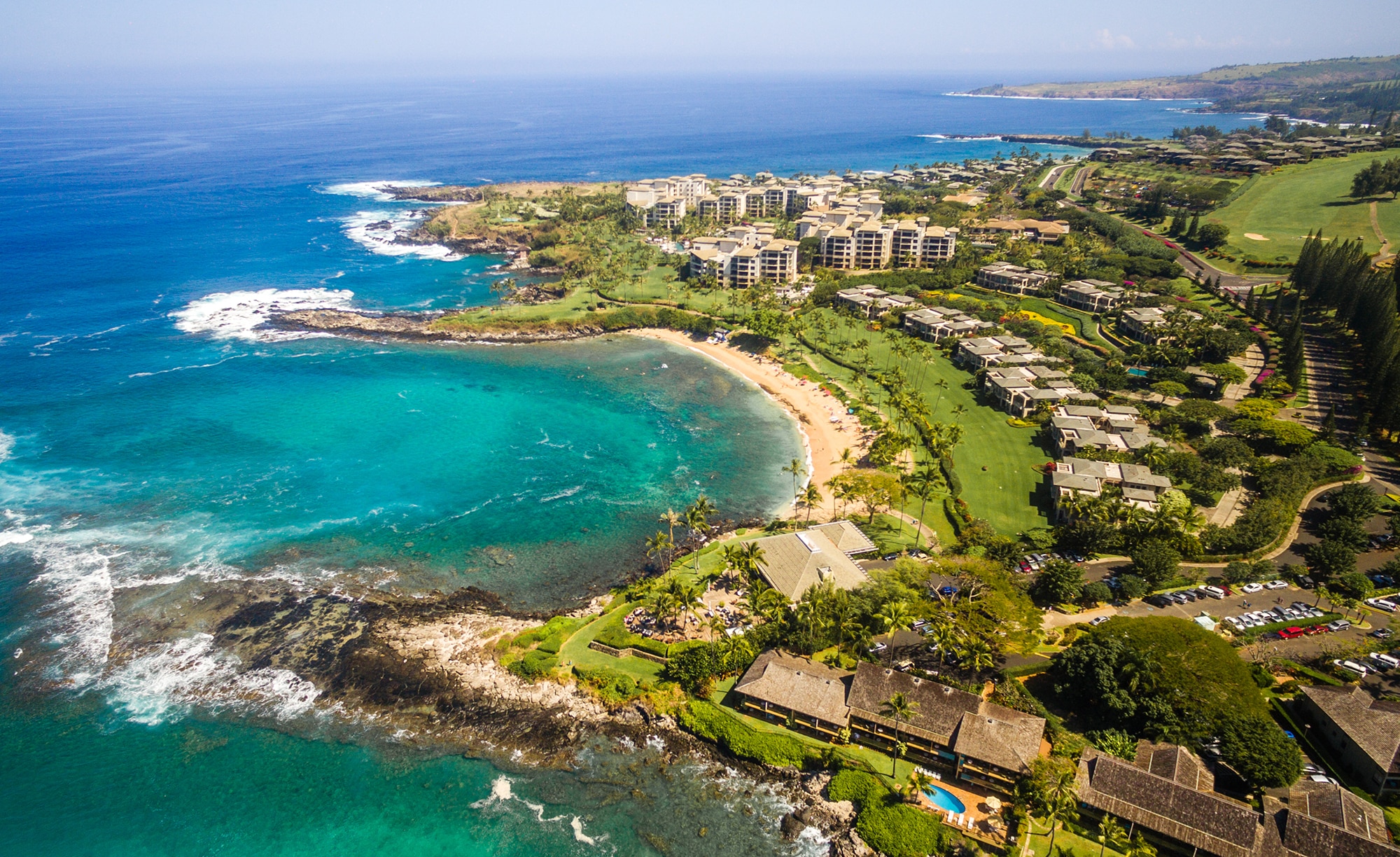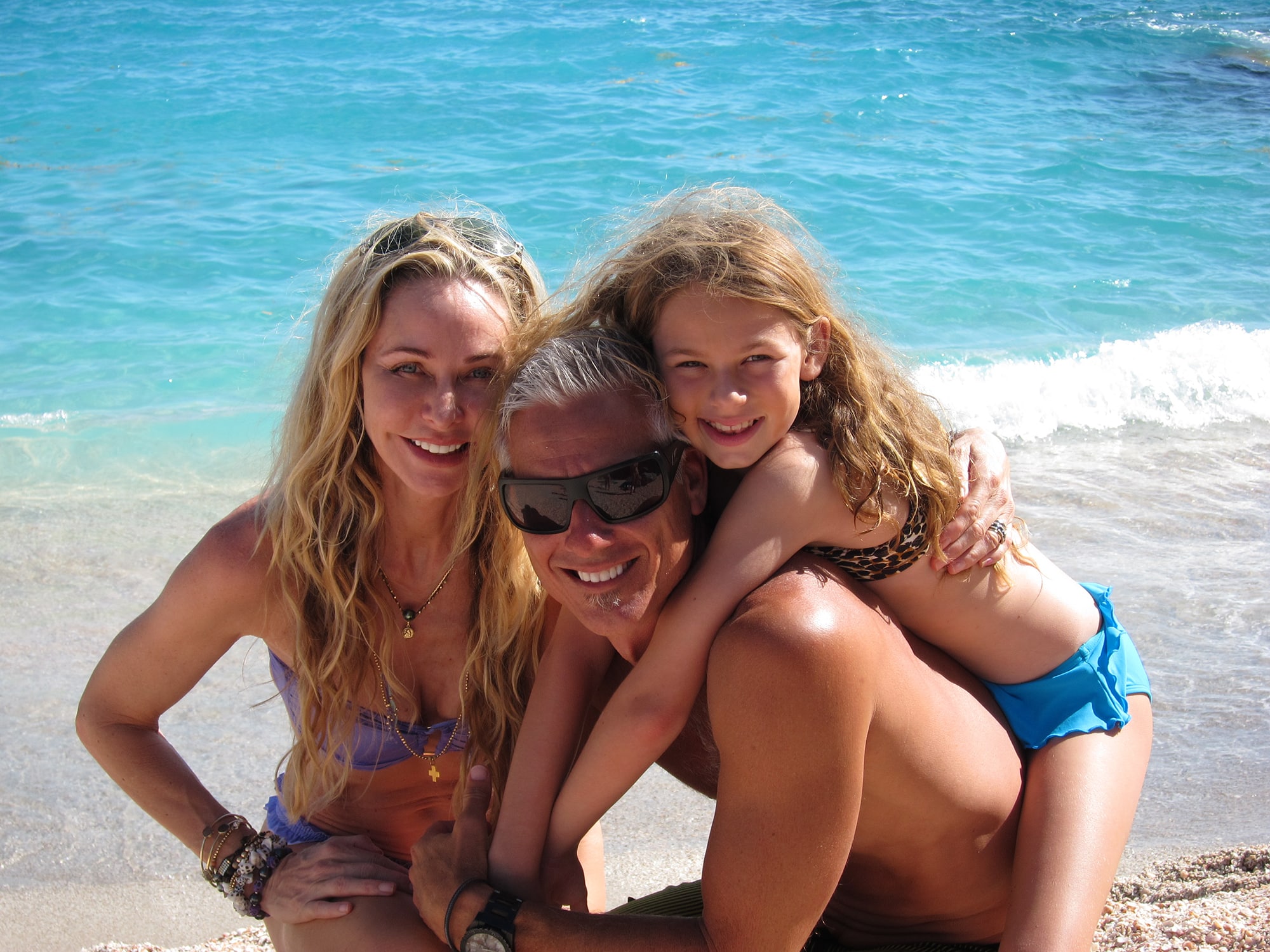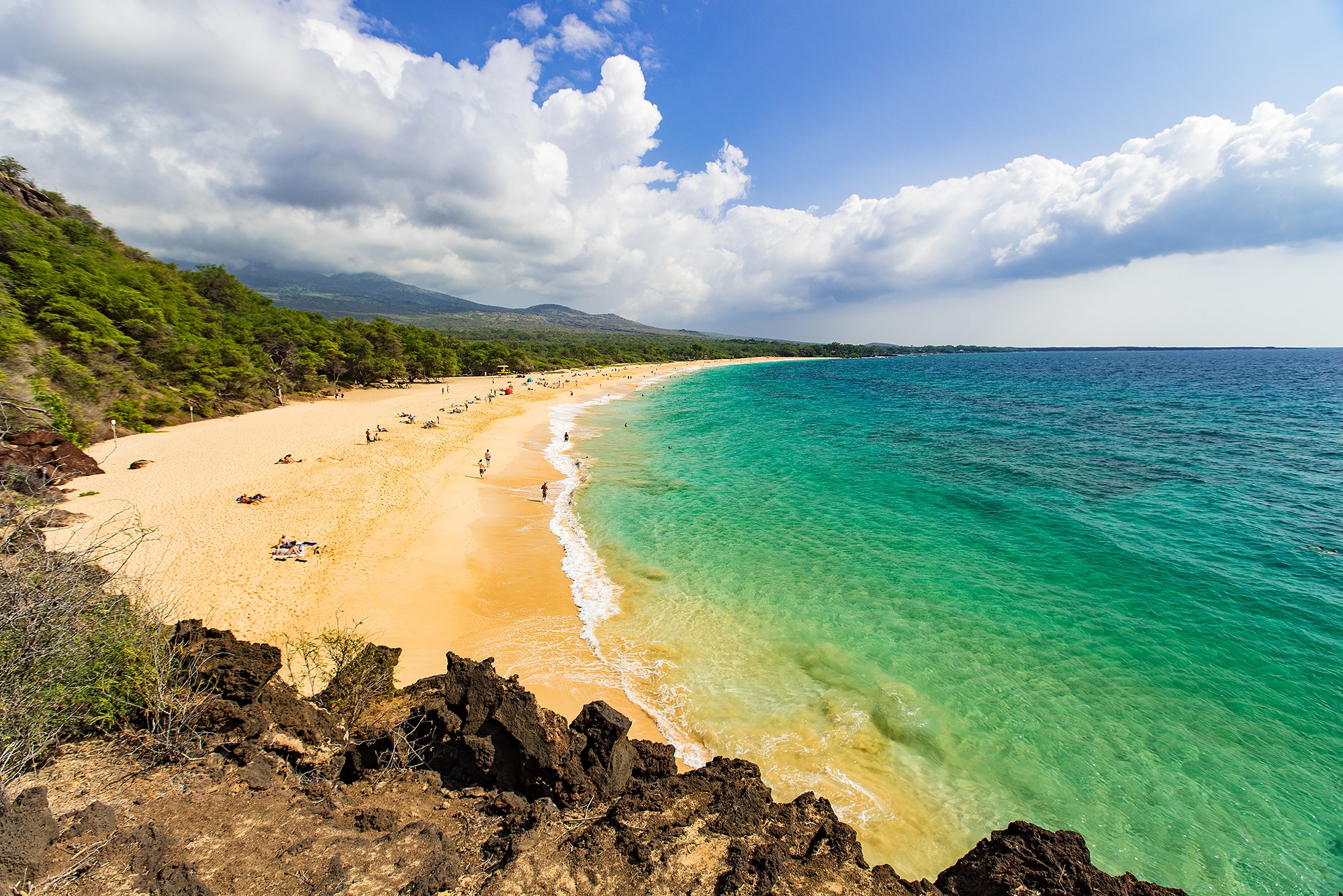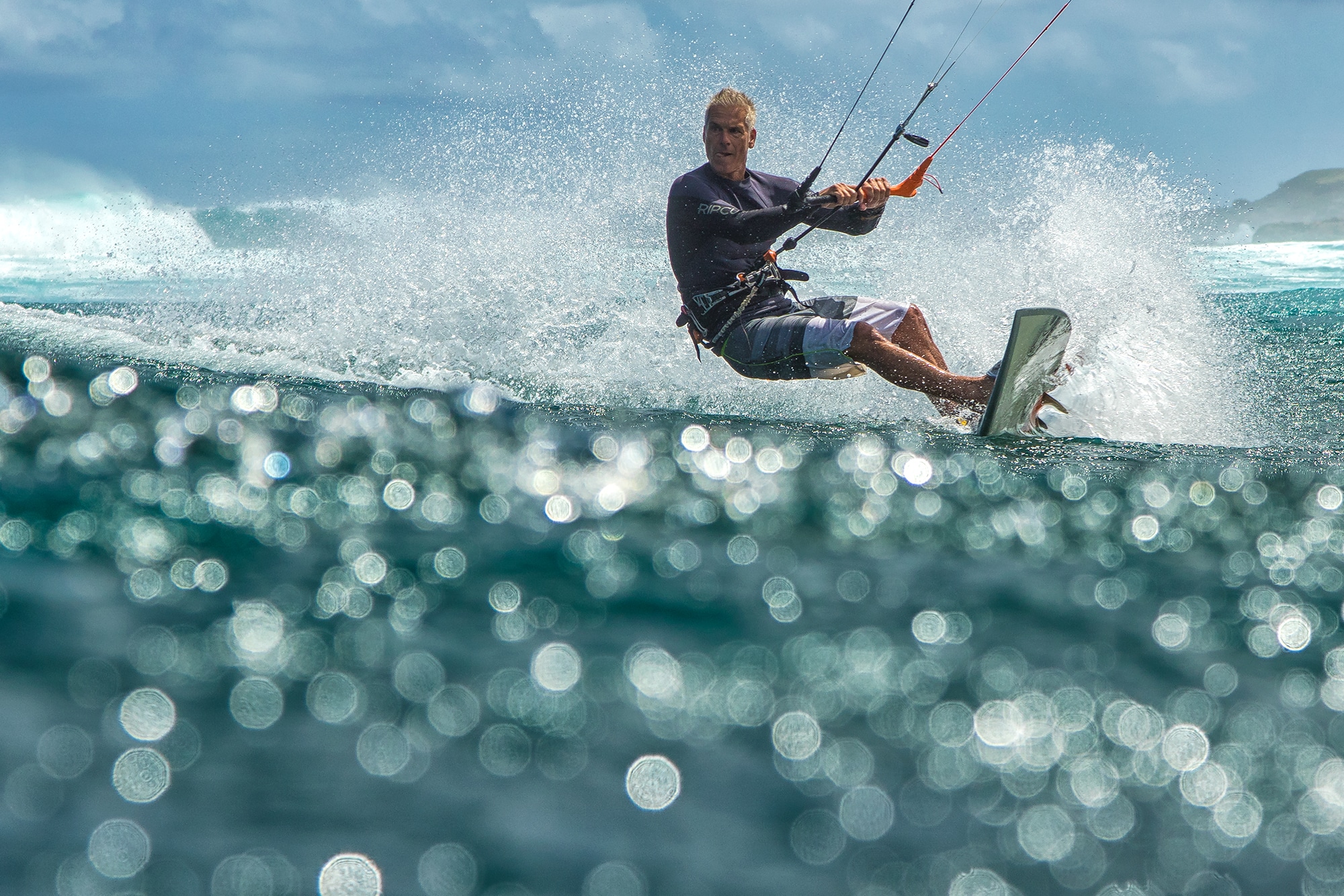Moving To Maui: FAQs About Living In Hawaii
What's it like moving to Maui? A current Hawaii resident who made the move weighs in.
Seeing one photo of a Maui sunset is enough to launch most mainlanders into full-on island envy. And for those ready to start living the island dream, the Hawaiian Islands are a natural choice. Absent are language barriers, customs hassles and the other hoops of an international move. Here's what you need to know about daily life, and what to expect when moving to Maui, the Valley Isle.
What jobs can I find?
"You have to be fairly creative to make a living in Maui," says Pete Cabrinha, who traded a professional windsurfing career to found Cabrinha Kites, a kitesurfing gear company.
Jobs in tourism are never in short supply, but these are tied to hotel-heavy areas, such as the town of Kahului — whereas Cabrinha and his family are based in Haiku, a quiet North Shore outpost.
From there, his wife, Lisa, started a swimwear company called Letarte, which she recently sold.
This side of Maui is home not only to clothing-line entrepreneurs, but also big players in the surfing and windsurfing industry, such as Robby Naish of Naish Kites.
"But really, there's all kinds of stuff, such as making oils and lotions using the botanicals here — and there are a lot of artists," says Cabrinha, adding that many of those artists have second and third jobs in bars and cafes.
Maui is also ideal for tele-commuters, especially those currently calling California home.
"There's a fair amount of migration between here and Silicon Valley," says Cabrinha.
This development owes a lot to another kitesurfer, Susi Mai. Along with Silicon Valley investor Bill Tai, she launched an annual event called Mai Tai, which entices tech start-ups to the beaches of Maui to learn to ride.
And now, the Maui Research and Technology Park hums to the tune of $150 million annually. Moreover, the infrastructure can support anyone, Web designer or day trader, wanting to work from Maui.
Where do I buy groceries?
This question makes Cabrinha laugh.
"Maui is first world," he says. "We have Costcos and Safeways. It's not much different from anywhere else, except that you have more fruit stands and places to buy freshly caught fish."
Granted, the price of groceries is about as high as if you were ordering off a room-service menu. A gallon of milk is just shy of $10, and the cereal to go along with it costs just a couple bucks less.
One strategy to skirt this problem is to live more off the land, trading for your neighbors' papayas, avocados and the like.
"It seems like everyone has an avocado or other fruit tree," says Chris Levins, who moved from Sarasota, FL, in 2011 with his wife and daughter to run Adventure Sports Maui, a store outfitting people with paddle boards, kayaks, beach apparel and the like.
In the summer, a day at the shop is akin to walking through an orchard.
"People come in bringing papayas, lemons, starfruits, limes and eggs," he says. "That's part of the reason we eat a lot better in Maui."
Feed yourself this way and your wallet — not your backside — will be fat. Maybe even fat enough to afford to buy a new kite or surfboard.
How do I bring my pets to the island?
"We have a dog — a mid-size Lab mix named Sailor — and moving her was one of the more challenging parts of this whole adventure," says Levins.
Because there was so much paperwork, planning and handling involved, Levins outsourced the job to Island Pet Movers.
He says of his family, "It cost more to fly Sailor out than for the three of us to fly one-way."
Because Hawaii has no rabies, the Department of Agriculture will quarantine your pet for 120 days upon arrival. However, during the quarantine, your pet can remain in your care.
What are the health care options?
"My wife and I have a deal that if anything goes down, we're on a flight to Honolulu," says Cabrinha. "There's a marked difference between the hospitals on Maui and hospitals on Oahu."
For that reason, the couple planned that Lisa would give birth to their daughter on Oahu. He adds that for really specialized care, most folks will make the trek back to the mainland.
Will online retailers deliver?
"It's identical," says Cabrinha of online merchants delivering to Hawaii as opposed to the mainland.
"The only difference is that it takes a day longer. Overnight is really a day and a half."
How do I move my belongings?
Those who opt to move furniture can fill a metal shipping container, like the Levins family did, and have it transported from anywhere by companies including Matson, Pasha Hawaii or Royal Hawaiian Movers. Just be prepared for the three- to four-week delivery time.
What is the average cost of a home?
A three-bedroom, single-family dwelling averages $675,000 — or about $418 per square foot.
What are the regulations to buy land?
There are no surprising laws or regulations making real estate purchases difficult. However, you will need to check to see if your desired home is in a tsunami zone, as that will affect insurance rates.
"You'll also want to make sure your lender can lend in the state of Hawaii," says Deanna Davis, real estate agent for Elite Pacific Properties.
She adds, "But otherwise, it's pretty straight-forward."
